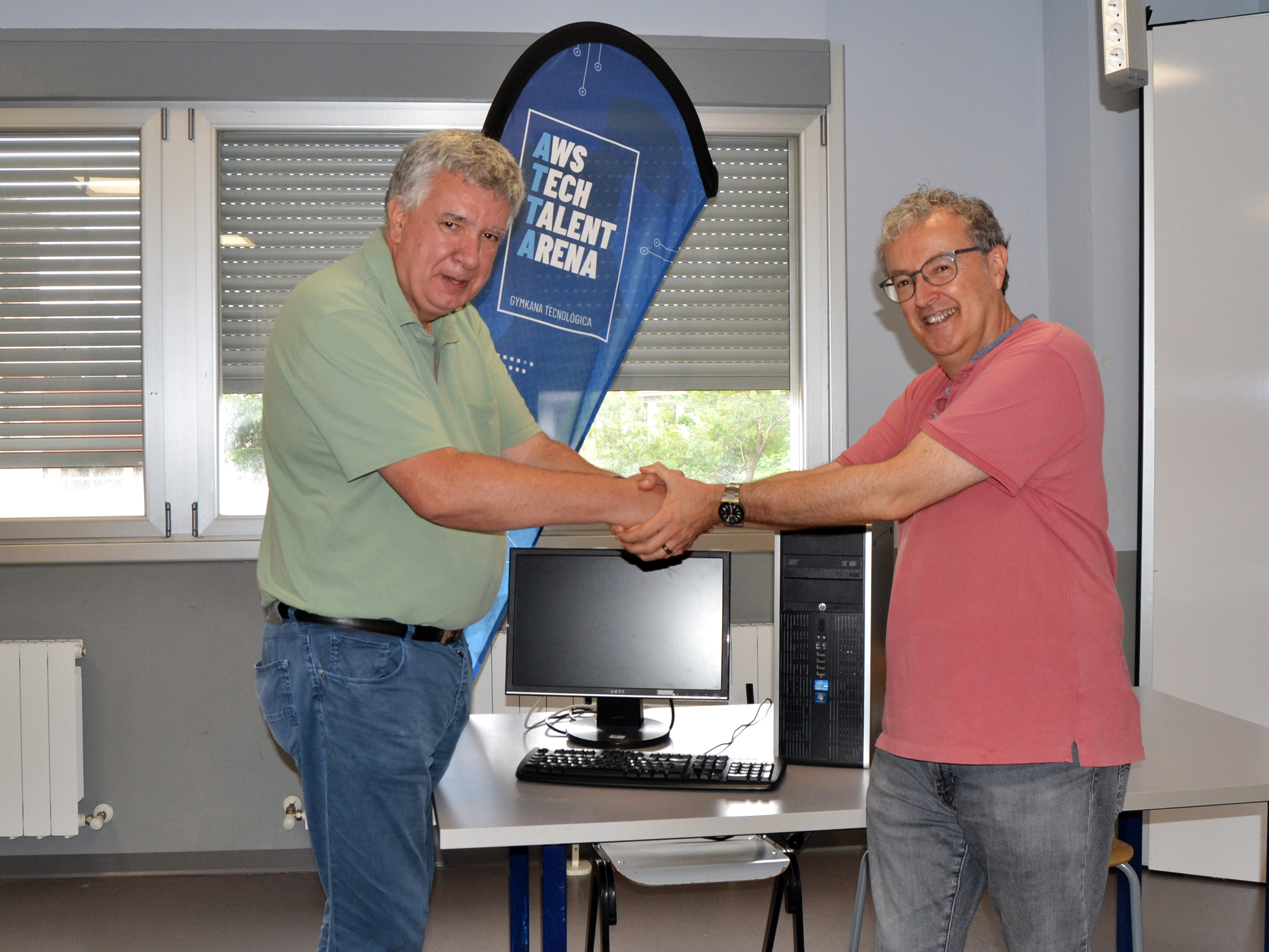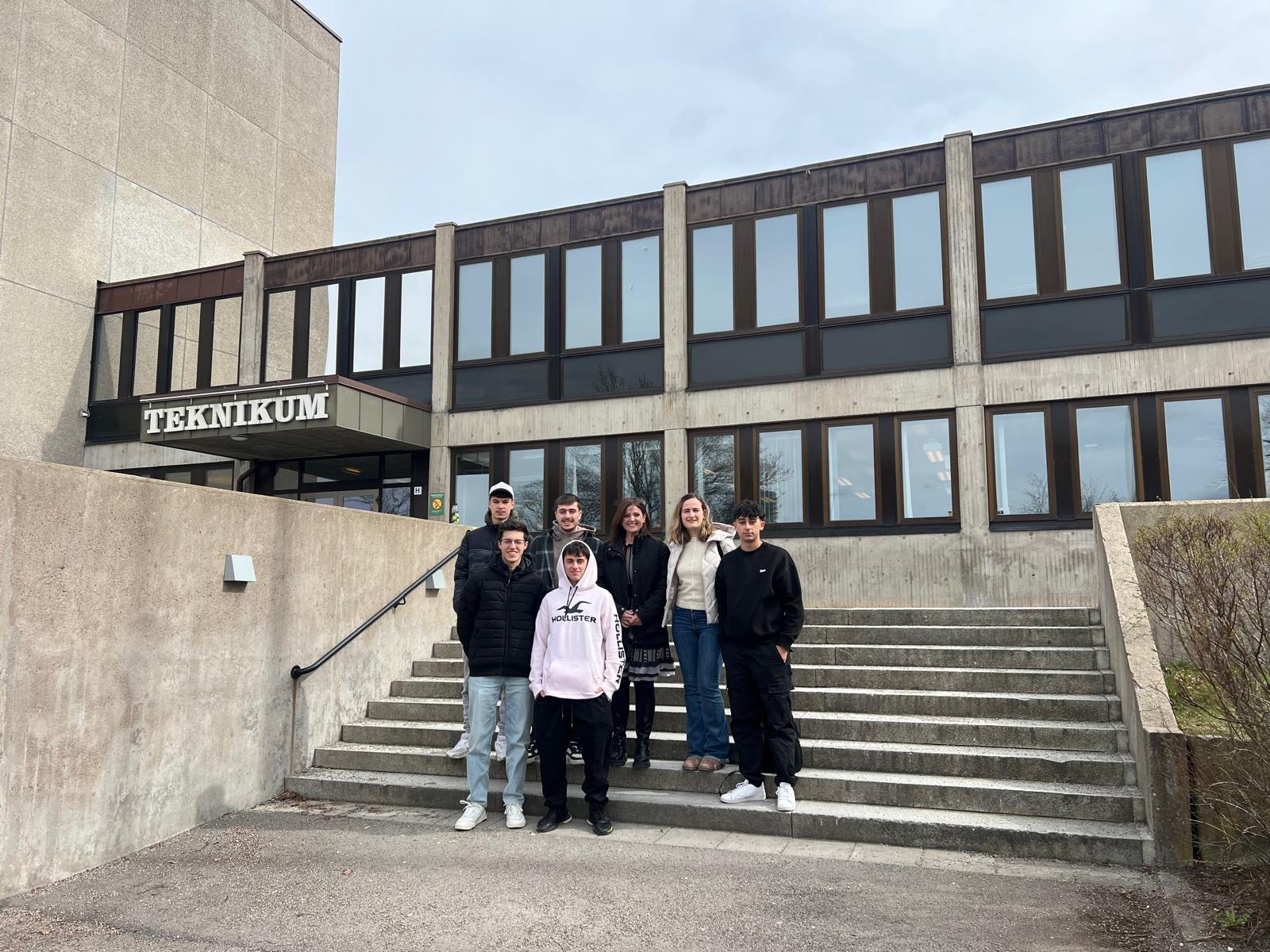Our center participates this year in an innovation project within the call of the Ministry of Education, Vocational Training and Sports (MEC) for the development of the specialization course in Biomedical Design and Manufacture of Custom Medical Devices. In this initiative we collaborate with the centers Institut Mare de Déu de La Mercè and Escola del Treball, both in Barcelona, together with the Basque company DomoTEK.
According to our colleague Josu Markina, who works on the project, “the application of industrial technologies in medicine emerges as an innovative solution to improve efficiency, precision and quality in the treatment of patients”. Thanks to tools such as medical imaging and 3D printing, new possibilities have opened up for the development of implants, prostheses, orthoses and personalized surgical guides, improving healthcare.
“In this project we generate knowledge so that, in the future, our students will be able to tackle real clinical cases in multidisciplinary teams together with healthcare and technical staff,” explains Josu.
The objective is for students to work on the creation of biomodels for surgical planning, prosthesis development and medical instruments. To this end, specific spaces are being set up with 3D printing technologies and image processing software. The initial study of the project, based on surveys of healthcare professionals from all over Spain, confirmed the need for a new technical profile specialized in teams made up of doctors and biomedical engineers.
One of the benchmarks in this field is the Advanced Planning and 3D Manufacturing Unit (UPAM3D) at the Gregorio Marañón Hospital, a pioneer in the implementation of manufacturing environments within the hospital. “They have demonstrated that the POC (point-of-care) design and manufacturing model allows for safe, scalable and sustainable solutions,” says Josu. However, for these advances to reach more hospitals, the support of public administrations is essential.
The company DomoTek Bio and the CEO of BitFab, also part of the UPAM3D team, are training the teachers involved in the project so that, in the future, they will be the ones to prepare the students. Currently, this work team is defining the curriculum for these new professional profiles.
“The integration of industrial technologies in medicine, together with the active participation of vocational training students, will be key to progress towards a more precise, personalized and accessible medicine,” concludes Josu.
















